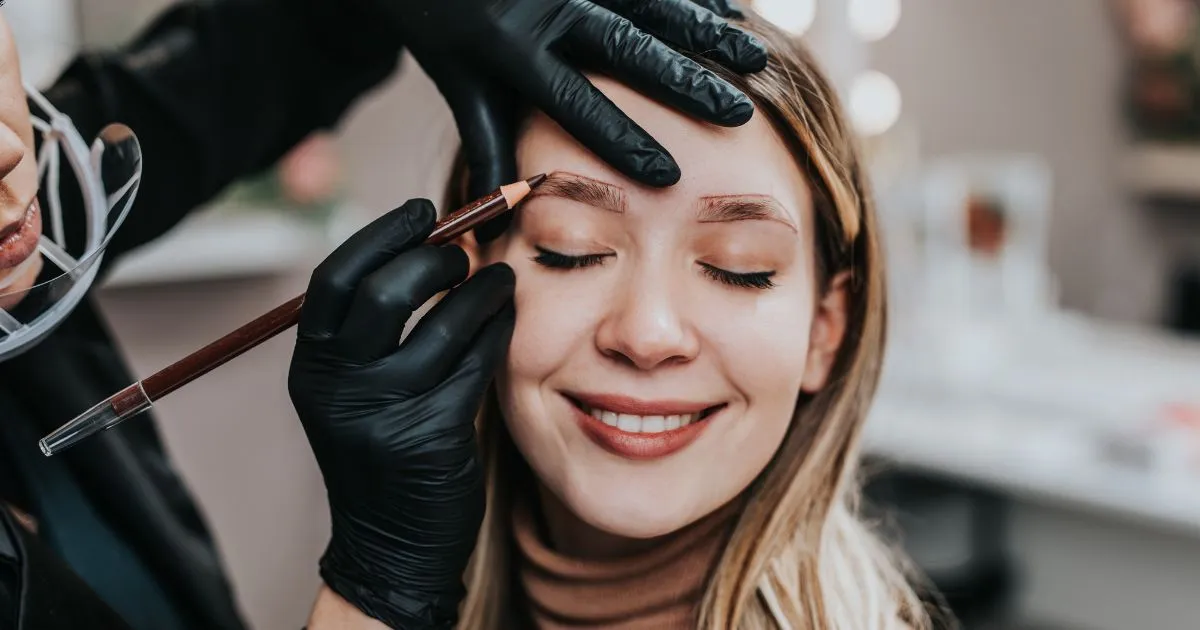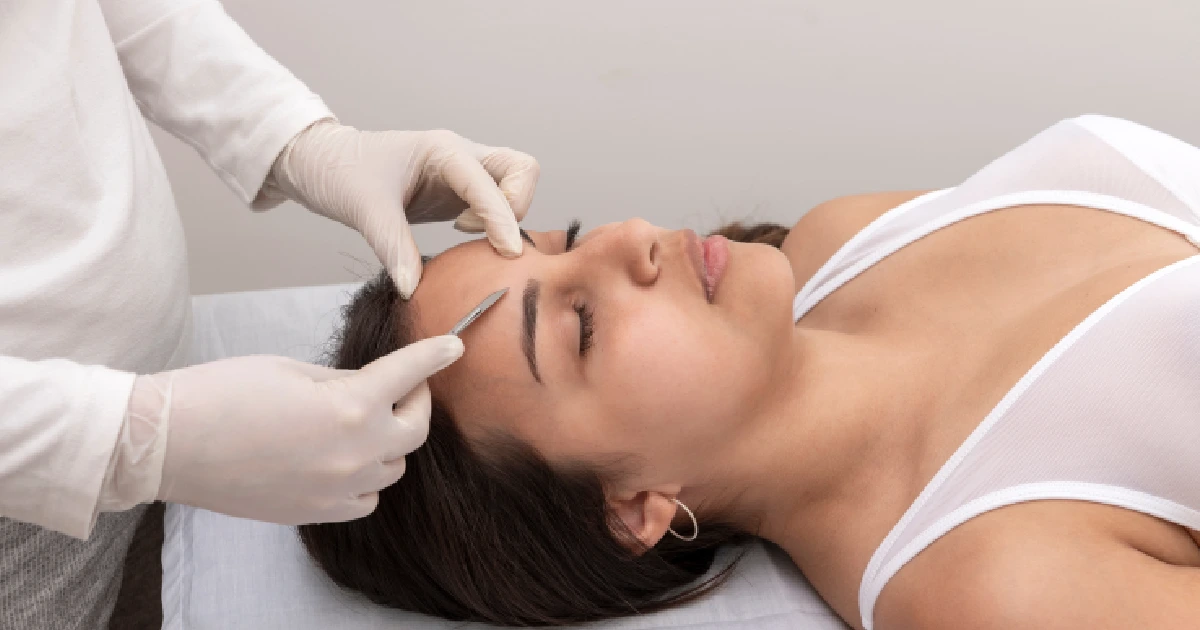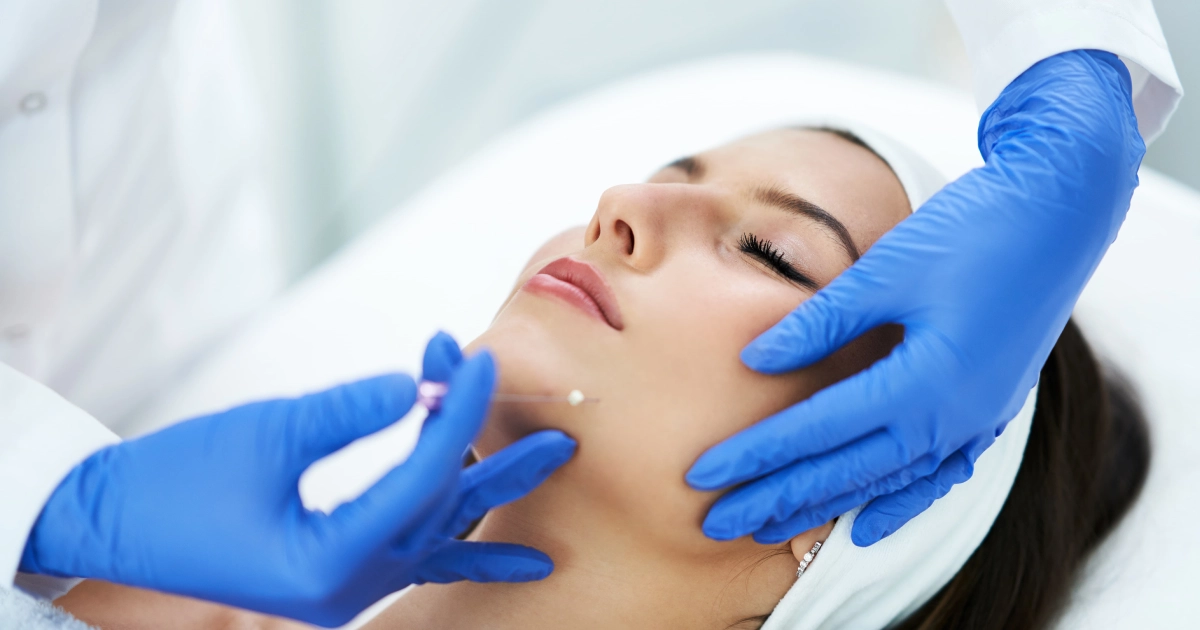Facial rejuvenation is a timeless quest for many individuals seeking to restore a youthful appearance and combat the signs of aging. The desire to look and feel our best often leads us to explore innovative solutions that can deliver remarkable results with minimal invasiveness. In this pursuit, Facetite emerges as a groundbreaking technique revolutionizing the field of facial rejuvenation.
Facetite offers a non-surgical alternative combining radiofrequency energy benefits with advanced liposuction techniques to tighten and contour the face and neck. This innovative procedure has garnered significant attention for its ability to address various signs of aging, including sagging skin, wrinkles, and loss of facial volume, without extensive downtime or traditional surgery.
Introducing Facetite
Facetite has emerged as a revolutionary solution in facial rejuvenation, offering individuals a non-surgical alternative to traditional approaches. This innovative procedure utilizes radiofrequency energy and advanced liposuction techniques to address common facial and neck aging signs.
Facetite delivers controlled thermal energy through a small probe placed beneath the skin. The radiofrequency energy heats the underlying tissues, stimulating collagen production and skin tightening. Simultaneously, the specialized liposuction component removes excess fat, enhancing facial contours and definition. This dual-action approach makes Facetite a comprehensive treatment that effectively addresses sagging skin, wrinkles, jowls, and neck laxity.
One of the key benefits of Facetite is its minimally invasive nature. Unlike traditional facelift surgery, Facetite involves only small incisions that are easily concealed and require minimal recovery time. This makes it an attractive option for individuals seeking noticeable results without the risks and extended downtime associated with invasive procedures.
Moreover, Facetite offers natural-looking outcomes, as the gradual collagen remodeling process ensures a smoother, firmer, and rejuvenated appearance over time. The results are long-lasting, with many patients experiencing improvements that can endure for several years.
Facetite has gained significant recognition for its ability to provide customizable treatments tailored to each patient’s unique needs. The procedure can be combined with other non-surgical treatments, such as dermal fillers or Botox, to optimize results and achieve a more comprehensive facial rejuvenation.
Exploring the Facetite Procedure
The Facetite procedure involves several steps to deliver remarkable facial rejuvenation results. Understanding the process can provide valuable insights into what to expect before, during, and after the treatment.
- Pre-operative consultation and evaluation: Before undergoing Facetite, a thorough consultation with a qualified professional is essential. During this appointment, the practitioner will assess your facial concerns, discuss your goals and expectations, and evaluate your medical history to ensure you are a suitable candidate for the procedure. They may also take photographs and measurements to track your progress.
- Anesthesia and sedation options: Depending on the extent of the treatment and your comfort level, various anesthesia and sedation options may be considered. These can range from local anesthesia combined with oral sedation to deeper sedation administered by an anesthesiologist. Your medical professional will determine the most appropriate approach for you.
- A step-by-step breakdown of the Facetite procedure: The Facetite procedure typically begins with administering anesthesia. Once comfortable, small incisions are made in discreet locations, typically within the hairline and around the ears. A thin probe is inserted beneath the skin through these incisions, delivering radiofrequency energy to the targeted areas. The energy heats the underlying tissues, causing them to contract and stimulating collagen production. At the same time, the specialized liposuction component is used to remove excess fat and contour the face and neck.
- Expected duration and recovery process: The duration of the Facetite procedure varies depending on the extent of treatment and the areas being addressed. Generally, it can take a few hours to complete. Following the procedure, you will be provided with post-operative instructions and guidelines for care. You may experience some swelling, bruising, and mild discomfort, which can be managed with prescribed medications and cold compresses.
Safety and Efficacy of Facetite
When discussing the safety and efficacy of Facetite, consider the extensive research and regulatory approvals that support its use as a facial rejuvenation procedure. Facetite has obtained clearance from the FDA, indicating that it meets the safety standards and regulations required for aesthetic treatments.
Clinical studies have played a crucial role in evaluating the effectiveness of Facetite. These studies have consistently shown positive outcomes, with high patient satisfaction rates. The research demonstrates that Facetite effectively tightens the skin, improves facial contours, and stimulates collagen production.
One of the notable advantages of Facetite is its minimally invasive approach. This means that compared to traditional facelift surgery, it involves smaller incisions, resulting in minimal scarring and reduced risks. Additionally, using local anesthesia or sedation instead of general anesthesia further enhances the safety profile.
Facetite also offers a shorter recovery period compared to invasive surgical procedures. While individual experiences may vary, most patients can typically resume their regular activities within a few days to a week, depending on the extent of the treatment. This shorter downtime minimizes potential risks and allows for a smoother recovery process.
Who is an Ideal Candidate for Facetite?
Determining the ideal candidates for Facetite involves considering various factors to ensure the best outcomes and patient satisfaction. While a consultation with a qualified professional is necessary for a personalized assessment, there are general guidelines to help identify those who may benefit from this innovative procedure.
- Age range and suitable skin conditions: Facetite is typically ideal for individuals who have started to experience mild to moderate signs of facial aging. This can include sagging skin, wrinkles, fine lines, jowls, and loss of facial volume. While there is no strict age limit, most candidates are in their late 30s to 60s. However, suitability can vary depending on the individual’s skin condition and overall health.
- Common concerns and conditions addressed by Facetite: Facetite can effectively address multiple facial concerns, including sagging skin along the jawline, neck laxity, and loss of definition in the lower face. It can also improve the appearance of nasolabial folds, marionette lines, and creases around the mouth.
- Factors to consider when determining candidacy: These factors can include your overall health, medical history, skin elasticity, and the degree of facial aging. They will also consider your expectations and goals to ensure that Facetite aligns with your desired outcomes.
Takeaway
If you’re ready to take the next step towards a more youthful and rejuvenated appearance, we invite you to schedule a consultation with AJC Eyelid & Facial Plastic Surgery. Dr. Cohen specializes in advanced facial rejuvenation techniques, including Facetite.
Don’t let the signs of aging hold you back. Contact AJC Eyelid & Facial Plastic Surgery today to discover how Facetite can help you achieve a refreshed and natural-looking transformation.




